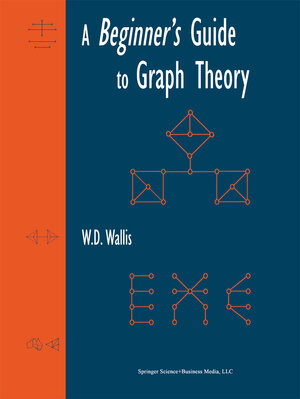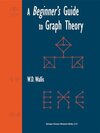
×
![Buchcover ISBN 9781475731347]()
„Altogether the book gives a comprehensive introduction to graphs, their theory and their application…The use of the text is optimized when the exercises are solved. The obtained skills improve understanding of graph theory as well… It is very useful that the solutions of these exercises are collected in an appendix.“ –Simulation News Europe
"Very appropriately entitled as a 'beginner's guide', this textbook presents itself as the first exposure to discrete mathematics and rigorous proof for the mathematics or computer science student of average ability in the first or second year of study at a North American university." ---Zentralblatt Math
A Beginner's Guide to Graph Theory
von W.D. WallisBecause of its wide applicability, graph theory is one of the fast-growing areas of modern mathematics. Graphs arise as mathematical models in areas as diverse as management science, chemistry, resource planning, and computing. Moreover, the theory of graphs provides a spectrum of methods of proof and is a good train ing ground for pure mathematics. Thus, many colleges and universities provide a first course in graph theory that is intended primarily for mathematics majors but accessible to other students at the senior Ievel. This text is intended for such a course. I have presented this course many times. Over the years classes have included mainly mathematics and computer science majors, but there have been several engineers and occasional psychologists as weil. Often undergraduate and graduate students are in the same dass. Many instructors will no doubt find themselves with similar mixed groups. lt is to be expected that anyone enrolling in a senior Ievel mathematics course will be comfortable with mathematical ideas and notation. In particular, I assume the reader is familiar with the basic concepts of set theory, has seen mathematical induction, and has a passing acquaintance with matrices and algebra. However, one cannot assume that the students in a first graph theory course will have a good knowledge of any specific advanced area. My reaction to this is to avoid too many specific prerequisites. The main requirement, namely a little mathematical maturity, may have been acquired in a variety of ways.



